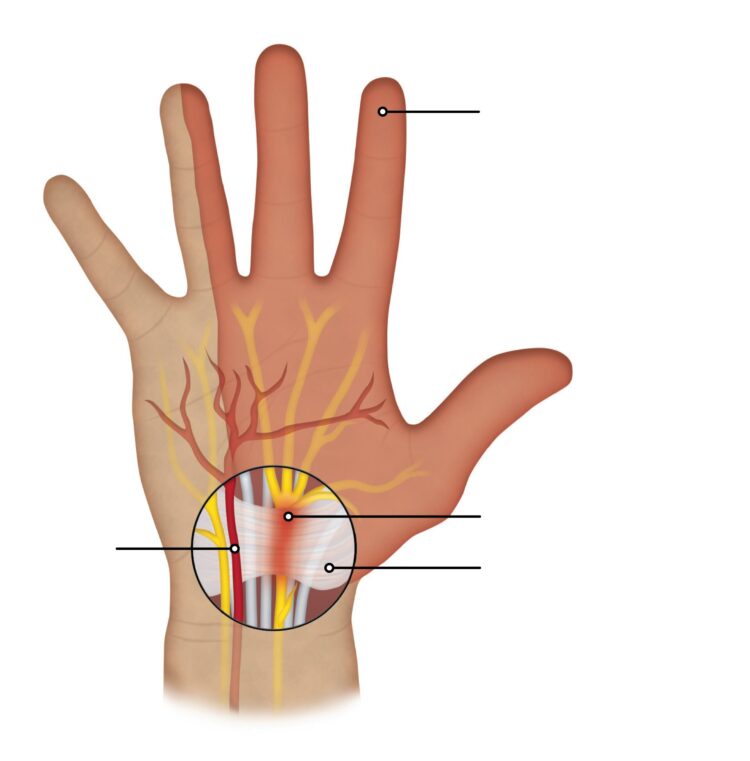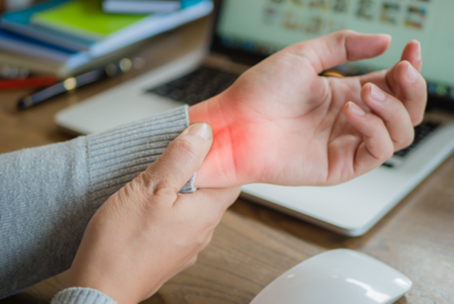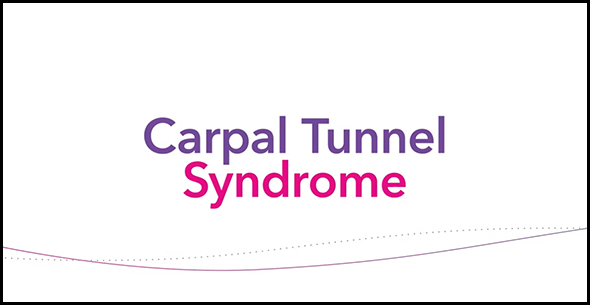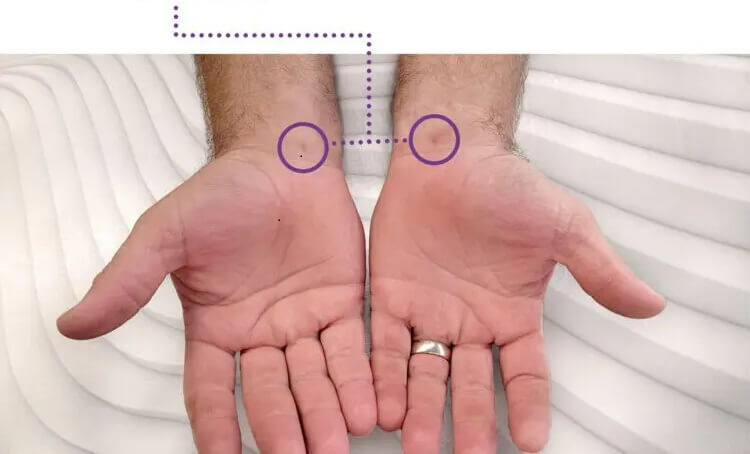Carpal tunnel release with ultrasound guidance Get out of pain, back to work, and back to life!
CTR with ultrasound guidance relieves the symptoms of carpal tunnel syndrome while minimizing recovery time. Most patients can return to work and the activities they love in 3-5 days. 12, 16, 19, 204. Rojo-Manaute JM, et al. Ultra-minimally invasive ultrasound-guided carpal tunnel release: a randomized clinical trial. J Ultrasound Med. 2016;35(6):1149-57.9. Fowler JR, et al. Multicenter pragmatic study of carpal tunnel release with ultrasound guidance. Expert Rev Med Devices. 2022;19(3):273-80.
Performing CTR with ultrasound guidance allows most patients to enjoy immediate motion so they can focus on getting back to their lives and the activities they love.12, 16, 19, 204. Rojo-Manaute JM, et al. Ultra-minimally invasive ultrasound-guided carpal tunnel release: a randomized clinical trial. J Ultrasound Med. 2016;35(6):1149-57.9. Fowler JR, et al. Multicenter pragmatic study of carpal tunnel release with ultrasound guidance. Expert Rev Med Devices. 2022;19(3):273-80.10. Leiby BM, et al. Long-term clinical results of carpal tunnel release using ultrasound guidance. Hand. 2021 doi: 10.1177/1558944720988080. If you have carpal tunnel syndrome and are considering a surgical procedure, CTR with UltraGuideCTR and ultrasound guidance may be right for you.






